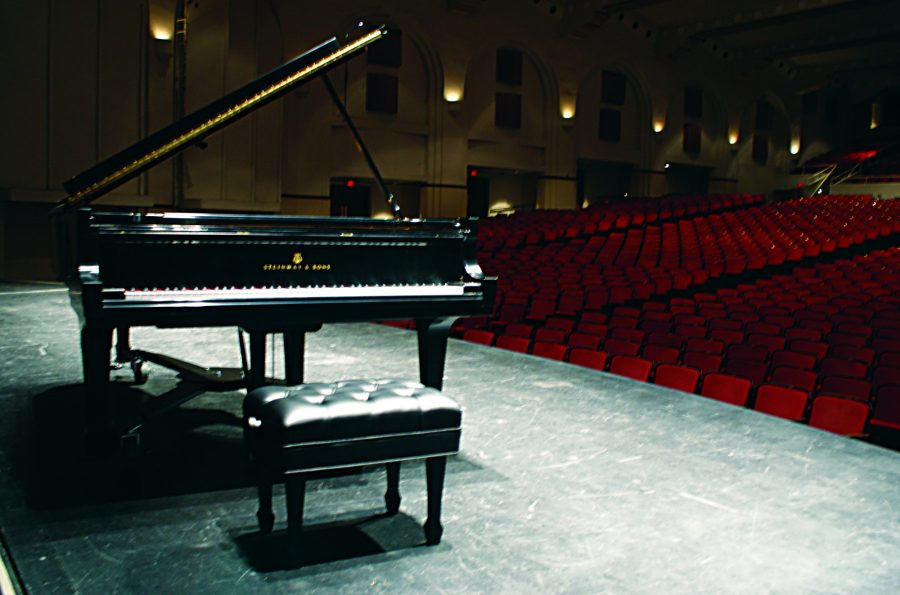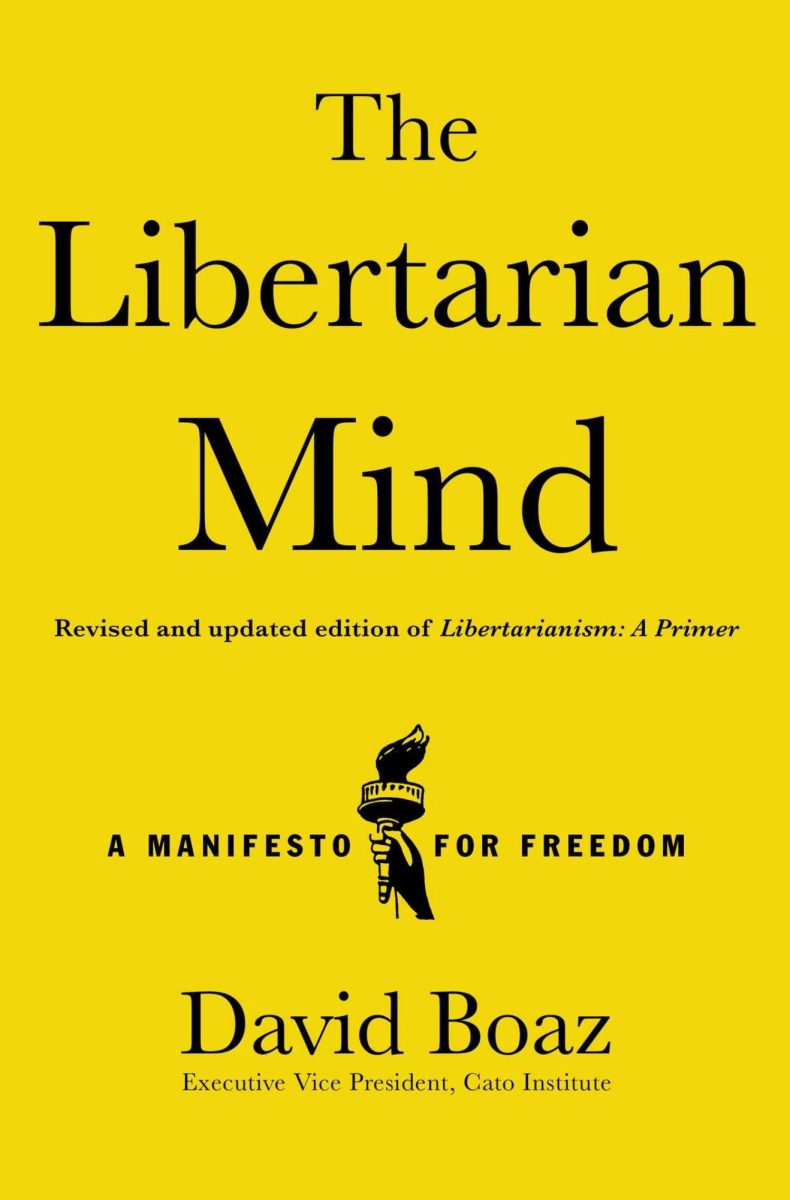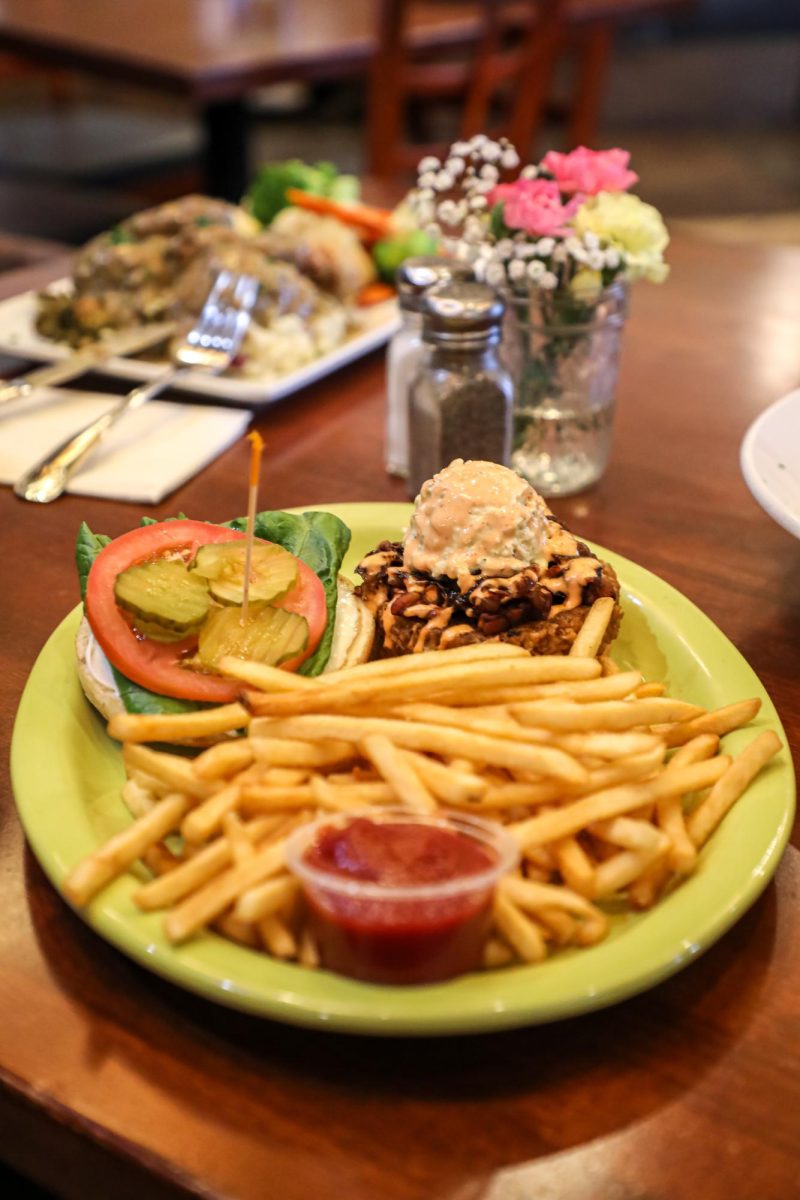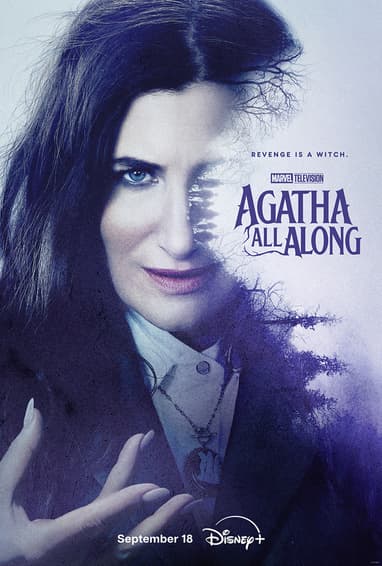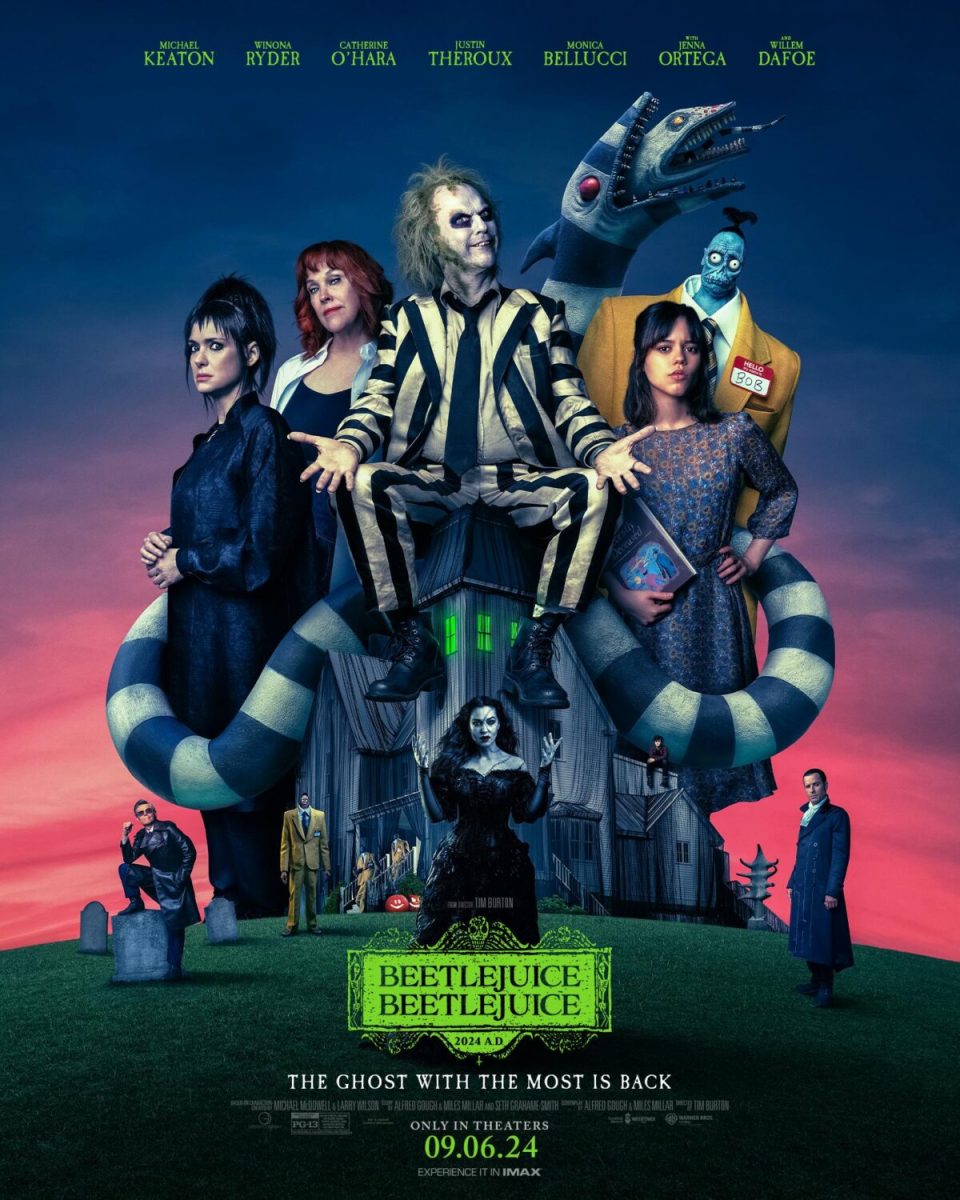Before stepping into Centennial Hall on Nov. 10, I’d never seen a ballet. I don’t know anything about ballet or dance as a whole. In fact, on the rare occasion that it comes up, I tell people that I don’t like dance — that the entire medium isn’t for me.
So I’m shocked that I loved seeing “Dance Theatre of Harlem.” Last week, when I arrived at Centennial Hall, I didn’t know what I was getting into. When the show started, and I quickly realized that it was not just dance but ballet, I cringed. Yet when I kept watching the show, I realized that I was not only entertained but mesmerized.
The show had four distinct sections. The first section, “Orange,” was what I’d think of as a traditional ballet — the stereotype of ballet that you probably have in your head: people in tights and tutus dancing to tightly choreographed music. The sensory experience at play was entertaining for me in and of itself. The cool lighting (itself orange, as were the costumes) lit up to showcase how the human body moves.
The second section, “When Love,” was my favorite of the four. A man and woman danced as the speakers played a poem, “Einstein on the Beach,” over light music. The point of the act suddenly wasn’t music — it was thematic dance. The poem about two lovers sensually kissing on a park bench was somewhat provocative, which gave the dancing that same sense of romantic provocativeness. My eyes became glued to the stage. As someone who, again, knows nothing about dance, I think this is when I understood the purpose of the show. In a non-narrative medium like dance, the point is how it makes you feel, not what’s actually happening on stage, but what emotions it brings out in you, and the entirety of the “When Love” number certainly made me emotional.
RELATED: Concert Review: The Joy Formidable at The Rialto Theater
The third section, “Passage,” was another more traditional ballet piece, but it had every performer on stage simultaneously for most of the number. Watching so many people act in such synchronicity is an experience I hadn’t had before. At times, I recalled being a child at the circus and watching acrobats leap and dangle through an auditorium. “Passage” may not have been anything as showy as acrobatics, but it proved it didn’t need to be. It’s surreal in and of itself to see a large group of people move with such confidence.
The final section, “Higher Ground,” was set to a Stevie Wonder medley. “Higher Ground” had something that the other three didn’t: fun. The dancing was more loose and joyous, giving Stevie Wonder a ballet tribute true to his sound. At certain moments, the audience clapped along. A couple of people stood up; I didn’t know you could do that at a ballet, and it added a sense of community that was beautiful. That’s the other thing that made “Higher Ground” different; it was a communal experience. It encouraged me to look around the auditorium and see how other people felt about the performance, almost like a religious service or showing a friend your favorite movie. At one point, the stranger I was sitting next to and I made eye contact and smiled. Normally, that would make me uncomfortable, but that was definitely just the vibe during “Higher Ground.”
I’ve never been a ballet person. I know nothing about ballet, and I’d never expected to enjoy it, so “Dance Theatre of Harlem” gets so many points for entertaining me as much as it did. I would gladly pay to see another ballet, especially one put on by “Dance Theatre of Harlem.”
Follow the Daily Wildcat on Twitter

Kate is a sophomore at the University of Arizona. She loves improv comedy and comic books.



